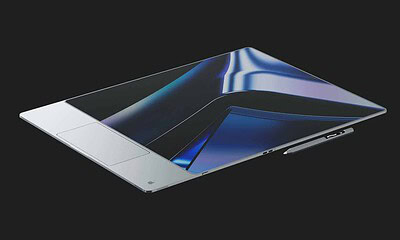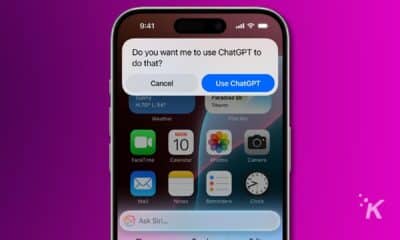Apple
Apple’s $20M settlement: Get paid for your swollen Watch battery
The settlement is to resolve a lawsuit over exploding batteries for some Apple Watch. You need to be eligible and file a claim before April 10.

Just a heads up, if you buy something through our links, we may get a small share of the sale. It’s one of the ways we keep the lights on here. Click here for more.
Remember when Apple said their watches were “designed to be safe and reliable”? Well, $20 million says otherwise.
In a classic case of “we didn’t do anything wrong, but here’s some money anyway,” Apple is writing checks to settle a pesky lawsuit about exploding watch batteries.
Okay, “exploding” might be dramatic – we’re talking about swollen batteries that turned some Apple Watches into wrist-mounted stress balls.
Turns out, these swollen batteries are caused by a buildup of heat and gas inside the lithium-ion cells, making them expand like a tech-savvy balloon. Not exactly the kind of inflation anyone was hoping for.
Who Gets Paid?
If you’ve been rocking an OG Apple Watch, Series 1, 2, or 3, and complained about your watch trying to transform into a Thanksgiving turkey between April 2015 and February 2024, you might be in luck.
The Money Talk
Before you start planning your shopping spree, temper those expectations.
We’re looking at payouts between $20 and $50 – enough for a nice dinner, not a new Apple Watch. The final amount depends on how many people jump on this settlement bandwagon.
The Clock’s Ticking
Here’s the crucial part: you’ve got until April 10, 2025, to stake your claim.
Head over to WatchSettlement.com (yes, that’s really the URL), scan their QR code, and choose how you want your cash—check, electronic payment, or virtual card.
The Technical Stuff You Actually Care About
Why did this happen in the first place?
The battery swelling occurs when the barrier between positive and negative electrodes degrades, causing gas buildup inside the watch’s tight quarters.
Think of it like your watch developing a tiny beer belly, except instead of just looking awkward, it could pop your screen right off.
The lawsuit claimed Apple knew about this potential issue but didn’t leave enough room inside the Watch for any battery expansion. Apple’s response? A solid “nah, but here’s $20 million to stop talking about it.”
The Fine Print
Before you cash that check, know that accepting the settlement means you’re waiving your right to sue Apple separately over this issue.
So if you were planning a dramatic courtroom showdown about your watch’s expanding waistline, that dream dies with your signature.
What’s Next?
If your current Apple Watch starts channeling its inner balloon animal, don’t panic. Modern versions aren’t part of this settlement, but that doesn’t mean you’re out of options.
Apple’s customer service might still help you out – they’re generally pretty good about handling these things when they’re not being sued over them.
Remember: April 10, 2025.
Mark it, set seventeen alarms (on your hopefully not-swollen Apple Watch), and get that claim in. Because nothing says “I love technology” quite like getting paid because your smartwatch got a little too ambitious about personal growth.
What are your thoughts on the $20 million settlement over Apple’s swollen watch batteries? Do you think it’s a fair resolution, or were you hoping for more from the tech giant? Share your stories and opinions in the comments below.
































